 Applying the Task Force for Climate-related Financial Disclosures (TCFD) guidelines, develop future scenarios specific to your business, and assess emerging risks and opportunities.
Applying the Task Force for Climate-related Financial Disclosures (TCFD) guidelines, develop future scenarios specific to your business, and assess emerging risks and opportunities.
When people think about the impacts of climate change most focus on extreme weather events and rising sea levels. But that’s just the tip of the (melting) iceberg. Impacts are already being felt all over the world and not just in coastal areas.
The World Economic Forum’s Global Risks report spells it out: climate and environmental risks are significant, consistently appearing in the top 10 risks to governments and business. In addition to the physical risks, a range of transition and liability risks are emerging including technological disruption that will transform a range of traditional industry sectors.
Starting with the macro-level future scenarios proposed by the Network for Greening the Financial System, we workshop detailed scenario assumptions relevant to your business, and stress test how it might perform over short, medium and long time horizons.
Based on the agreed scenarios we help you consider the potential of a broad range of risks and opportunities to impact your organisation across multiple dimensions including:
- Risk categories (physical, transition, liability, operational, regulatory, reputation, structural, systemic, financial, environmental)
- Geographic
- Industry / systemic
- Products, services, processes
- Organisational objectives
- Direct and indirect impacts
- Upstream supply chain
- Downstream product / service lifecycle (including changing patterns of demand)
- Planning time horizons
Applying ISO 31000 risk management principles, we use our unique process to help clients identify, categorise, assess and prioritise risks associated with their organisations’ specific activities, their risk appetite and exposure to emerging challenges. Controls are identified for material risks.




